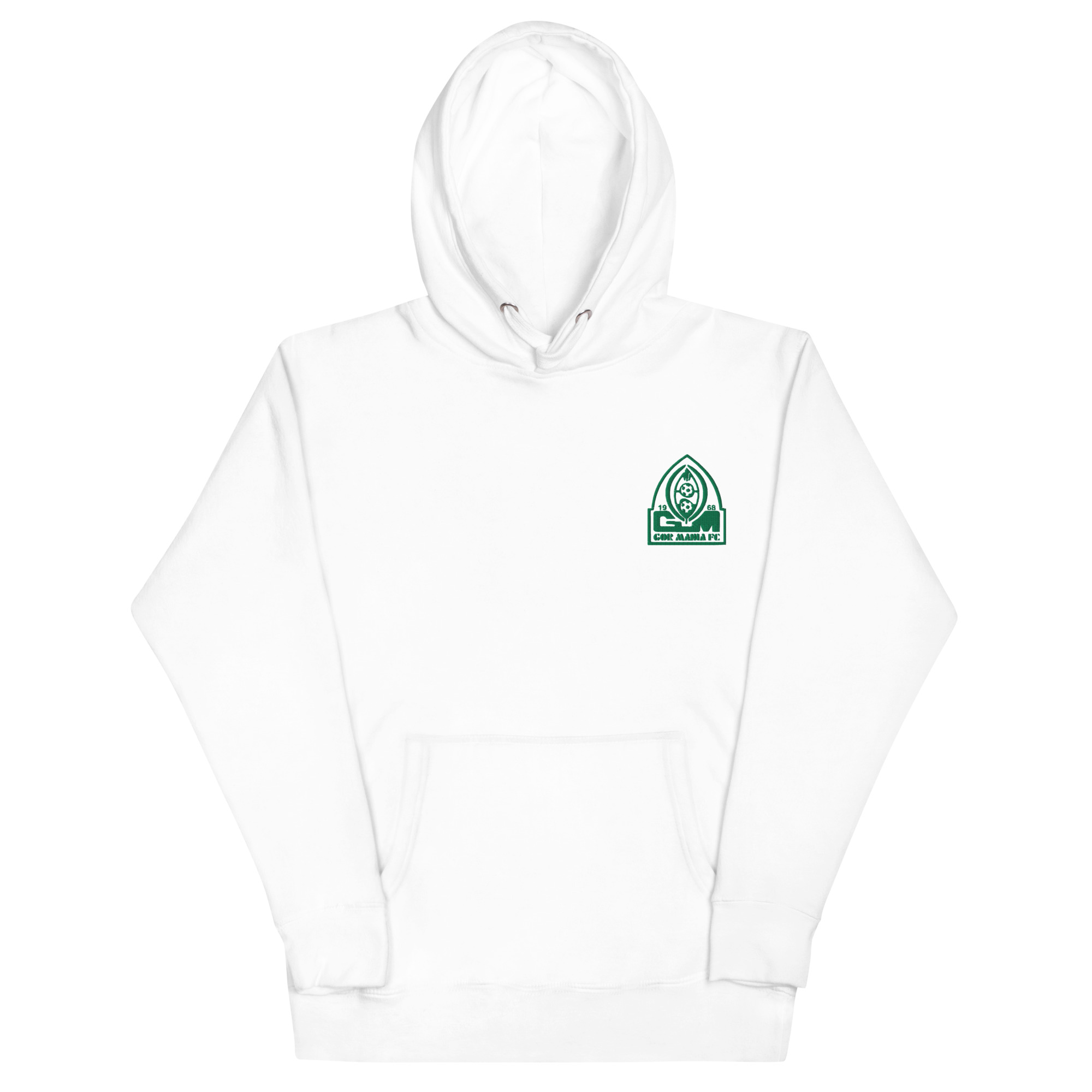The History of Christianity-Inspired Art
The journey of Christianity-inspired art traces back to the early years of the faith when the first followers sought to express their beliefs through visual representations. In the catacombs of Rome, early Christians created simple, yet profound, frescoes and symbols, such as the fish and the Good Shepherd, which conveyed core tenets of their faith. These rudimentary forms served not only as expressions of spirituality but also as clandestine markers of identity during periods of persecution.
As Christianity gained acceptance under Emperor Constantine in the 4th century, artistic expression flourished. The establishment of basilicas inspired the development of religious iconography, paving the way for elaborate mosaics and illuminated manuscripts. Byzantine art, characterized by its use of gold, symbolism, and front-facing images of saints, became a prominent style. This aesthetic moved beyond mere decoration; it aimed to present divine concepts and was integral in conveying the narratives found within Christian doctrine.
The Renaissance period marked a significant evolution in Christianity-inspired art, transforming both technique and thematic representation. Artists like Michelangelo and Leonardo da Vinci created iconic masterpieces that not only reflected biblical themes but also emphasized humanism. Michelangelo’s “The Creation of Adam” exemplifies the blending of divine and human elements, showcasing a newfound interest in anatomy and perspective. Similarly, da Vinci’s “The Last Supper” portrays dynamic human emotion within a religious context, signaling a shift toward more narrative-driven artwork.
Throughout history, the role of art in worship has remained critical. Churches became venues for artistic showcases, where elaborate altarpieces and stained glass windows not only beautified the space but also educated congregants on biblical stories. The interplay between faith and artistry created a lasting legacy that continues to inspire contemporary artists. Understanding this historical context enhances our appreciation of Christianity-inspired art and its enduring significance in both spiritual and artistic realms.
Elements of Christianity in Art
Christianity has profoundly influenced the realm of art, introducing a plethora of elements that often find representation in various forms of creative expression. Symbolic representations are particularly significant, with the cross being one of the most universally recognized symbols of the Christian faith. This powerful emblem signifies the sacrifice of Jesus Christ and serves as a visual reminder of His teachings and resurrection. Similarly, the ichthys, or fish symbol, is another early Christian symbol that represents the first followers of Christ and their faith. Its use in art often evokes a sense of community among believers.
Angels are also frequently depicted in Christian art, embodying messages of divine guidance and protection. Artists often convey the ethereal nature of these beings through the use of flowing forms and luminous colors, thus inviting viewers to engage with the spiritual realm. Furthermore, the Virgin Mary holds a central place in many artistic representations, symbolizing purity and maternal love. Artists have depicted her in various ways, often portraying her with soft, serene features that evoke compassion and grace. These representations deepen the narrative of Christian teachings and highlight her significance within the faith.
Beyond symbolism, the use of color plays a pivotal role in communicating spiritual messages and evoking emotions. For instance, vibrant hues may represent joy and divinity, while darker tones can symbolize mourning or reflection. The interplay of light and shadow further enhances the visual narrative, guiding the viewer’s gaze and eliciting emotional responses. Composition techniques such as balance, symmetry, and focal points are employed to reinforce themes and emotions portrayed in the artwork. These elements collectively serve to enrich the viewer’s faith, drawing them into a deeper understanding of Christian teachings and the overarching stories of the Bible. Ultimately, the integration of these key elements establishes art as a powerful medium for expressing and sharing the tenets of Christianity.
Modern Christianity-Inspired Art: Trends and Influences
Contemporary Christianity-inspired art is a dynamic field that reflects the current social climate and individual spirituality through diverse mediums. This evolution can be observed in various forms, including digital art, graffiti, and installation art. These modern expressions not only convey theological concepts but also address pressing societal issues that resonate with grassroots movements today.
One significant trend in modern Christianity-inspired art is the rise of digital art. As technology becomes increasingly central to communication and expression, artists utilize digital platforms to create visually engaging works that reach a broader audience. These pieces often explore themes such as justice and community, mirroring the social concerns that many Christians are grappling with in the contemporary world. Artists can curate online exhibitions or engage with followers through social media, creating art that resonates deeply with both the faithful and the unchurched.
Furthermore, the realm of graffiti has emerged as a powerful medium to convey messages of hope, redemption, and societal critique. Streets transform into open-air galleries where artists express their faith unapologetically. This form of artistry challenges traditional perceptions of sacred spaces and demonstrates how belief can manifest in unexpected places. It depicts personal faith journeys and encourages dialogue among diverse groups, bridging divides through powerful visuals.
Installation art, on the other hand, invites viewers to immerse themselves in the experience. By setting up interactive environments that tell a story or depict spiritual narratives, artists foster deeper connections to faith. Through metaphor and symbolism, the installations elevate everyday encounters and invite contemplation on personal beliefs and communal values. As these trends continue to evolve, they underline the impact of contemporary issues on Christianity and reflect a vibrant tapestry of modern faith experiences.
How to Create Your Own Christianity-Inspired Art
Embarking on the journey of creating Christianity-inspired art can be a deeply fulfilling way to express one’s faith and creativity. To begin, it is essential to choose the right artistic medium that resonates with your personal style and message. This could range from traditional forms like painting and sculpting to modern techniques such as digital design or mixed media. Each medium offers unique possibilities for conveying your faith through visual language.
Finding inspiration is a crucial step in the artistic process. Scripture serves as an unfailing source, as it provides profound narratives, verses, and themes that can guide your artistic expression. Consider selecting specific passages or stories that have significantly impacted your spiritual life. Personal experiences of your faith can also serve as a rich well of inspiration; reflecting on moments of prayer, community service, or worship can reveal powerful images and concepts to portray in your artwork.
In addition to individual inspiration, engaging with your community can enhance your creative journey. Reach out to fellow artists or join a local art group where members share a common interest in faith-based art. Collaborating with others can spark new ideas, provide constructive feedback, and cultivate a supportive environment as you navigate your creative process.
Blending traditional and modern styles can further enrich your work. You might consider incorporating classical religious symbols with contemporary design elements or experimenting with modern materials while adhering to timeless themes. This fusion can create a unique expression of your faith that resonates with both traditional and contemporary audiences, ensuring that your Christianity-inspired art speaks to a broad range of viewers.




